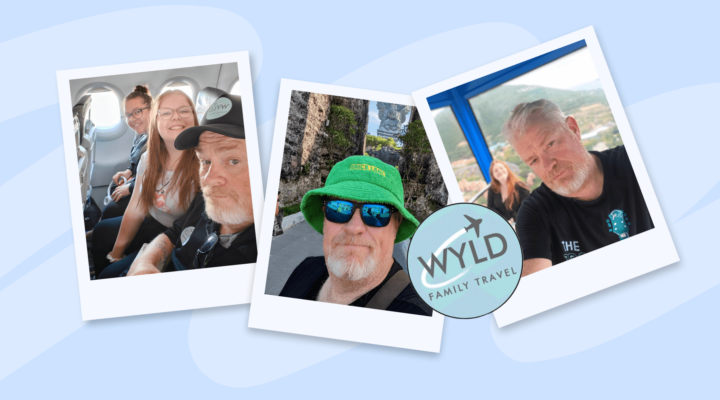The Main Features of the Tours and Activities Segment
In the first part of the talk [2:32], Fernando focuses on the features characterizing the tours and activities segment.
- It’s a large growth market receiving a lot of investments and attention.
- The segment has a low degree of digitization with only 21% of companies selling online. However, due to the Covid-19 crisis, this trend is currently changing as many companies are choosing to sell products online to avoid queues.
- The segment is incredibly important in the overall booking process as a lot of people think about buying tours and activities even before they book flights and accommodation. People want to go to a destination to see and do things, so they book tours and activities before, while, and after they book their flights and accommodation.
- The tours and activities segment is one of the drivers of customer loyalty as it has a positive impact on customer satisfaction and loyalty metrics.
- There’s a wide range of travel companies and opportunities that sell tours and activities.
- The tours and activities segment contains a wide variety of products to sell grouped into 8 categories, including:
- Museum and Art
- Tours and Attractions
- Performances
- Sports and Events
- Active and Adventure
- Wellness
- Food and Wine
- Nightlife
These categories can help you come up with outside-the-box content and ideas for your travel marketing strategy. For example, over 60% of travelers say that doing a certain activity was actually a reason they decided to travel and chose a destination. With that in mind, you can shape your content around a certain activity and what your customers could be doing, and where they could be staying to enjoy that experience.
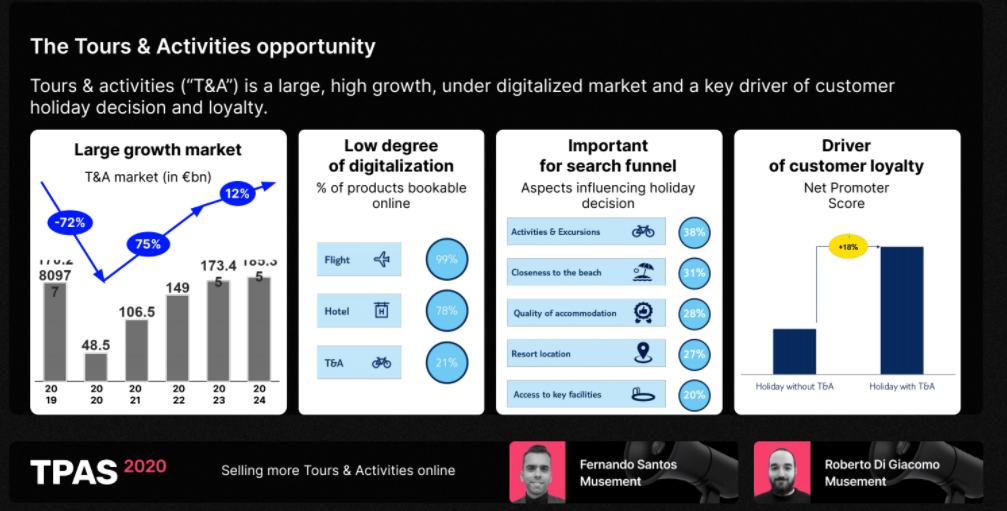
COVID-19 Trends and Measures
In the video [10:55], Fernando speaks about the impact of Covid-19 on Musement and the tour and activities segment in general.
- The whole sector, consisting of one million operators, was valued at $245 billion in 2019.
- Before the Covid-19 pandemic, in January 2020, the segment witnessed a surge in the number of bookings. The increase was followed by an 85% year-on-year decline as a result of the Covid-19 pandemic.
- There’s uncertainty in when the attractions will open and other issues connected with it, including health and safety measures, limited admission, and availability.
- There are positive signs of recovery for 2021.
Early Contributors to the Market Recovery
TUI has explored 8 main traveler segments to estimate which one is likely to contribute to the market recovery in the earlier fashion.
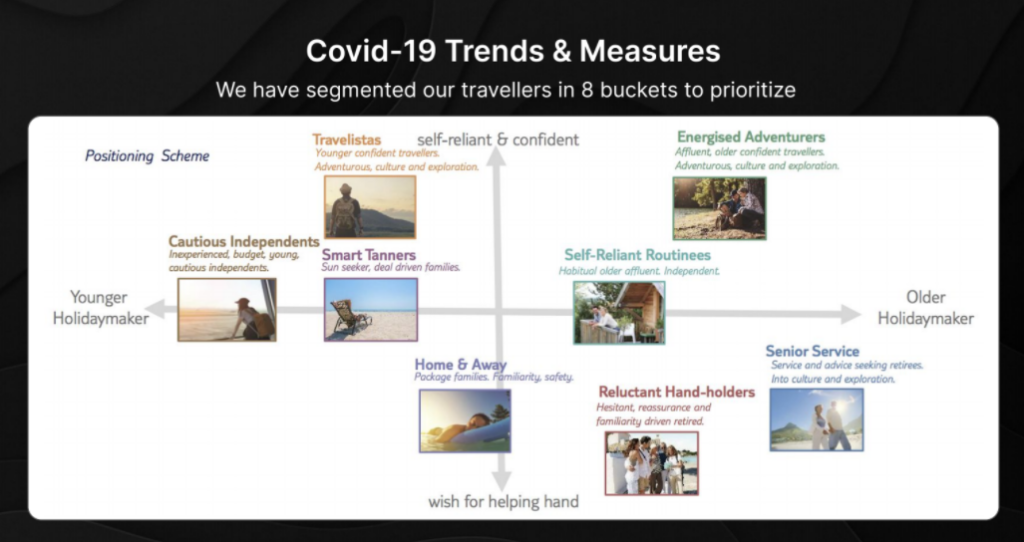
They’ve highlighted 2 main segments which are Smart Tanners (sun-seekers, deal-driven families) and Travelistas (young, confident, and adventurous travelers, driven by culture and exploration).
These two segments have a lot in common, including the fact that people in both long to escape the lockdown and travel. Also, both segments value the so-called digital enablement. In other words, they want activities and experiences to be booked online and confirmed immediately.
In terms of differences, Travelistas are, as a rule, low-budget travelers, so most bookings are likely to come from Smart Tanners.
The segment which will take the longest to recover is the Senior Segment as these travelers have many health and safety concerns.
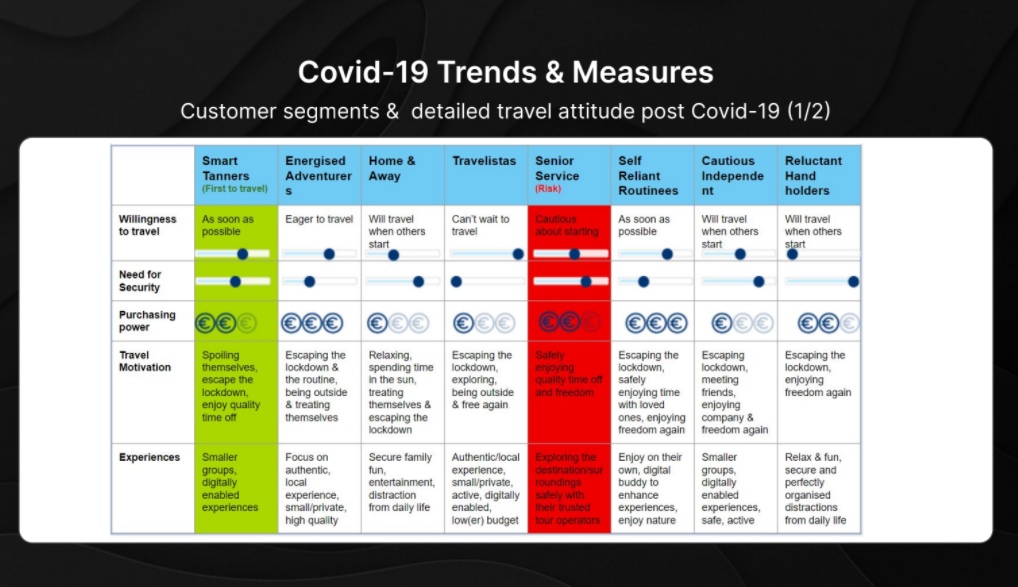
Another vital factor to keep in mind is where people will be traveling. Most likely, people will choose domestic travel or travel to neighboring countries.
Current trends to focus on
The speaker compares [16:38] the pre-Covid-19 global trends and the ones which are in focus today. Here’re some factors essential for tourism marketing during the Covid-19 pandemic:
- Digital connectivity. Due to Covid-19, people have become even more reliant on digital connectivity and services. So, there’s a higher demand for digital services, interaction, and a chance to book online.
- Trust and human interaction. More than ever, people need to communicate with brands and get their unbiased opinion about things to do at a destination.
- Going green. Travel restrictions and lockdowns have positively affected nature. As a result, many people are becoming increasingly concerned about the environmental impact of travel and want to reduce it. So, there’s a need to promote sustainable travel.
- Wellness and Food tourism should be focused on mental and physical health.
- Individual and independent travel. Travelers will be trying to avoid crowded places and mass tourism. So, marketers need to ensure safety by offering individual experiences, domestic trips, self-catering holidays, etc.
- Social media. Showing the new face of the destination without mass tourism can urge people to travel and experience adventures and fascinating landscapes again.
Guest Journey
In the second part of the presentation [20:49], Roberto shares tips on how to approach customers at different stages of their guest journey. There are several stages in the guest journey, including:
- Pre-travel
- Arriving at the hotel
- Pre-return
- Back home
Also, Roberto says that it’s important to identify the customer touchpoints at each stage and map them. Interacting with your customers at each touchpoint can help them make purchase decisions and boost your sales.
Pre-travel
Roberto shares some actionable tips on how to guide customers to the purchase of tours and activities at the pre-travel stage.
- Start early, first letting customers explore tours and activities available. It’s vital to create compelling and inspirational content to remind your customers that they need to choose some beautiful things to do at their destination.
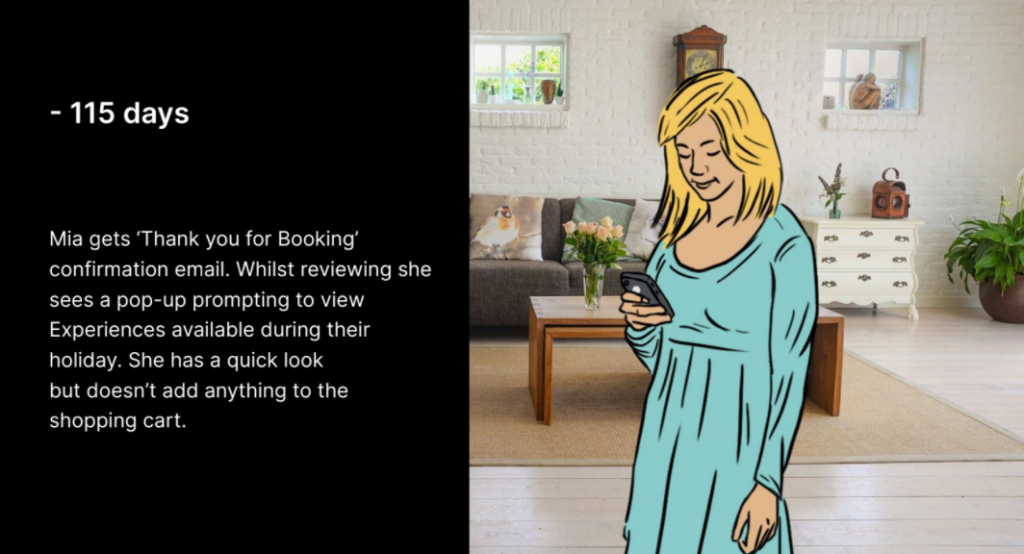
- Launch retargeting campaigns to intersect with customers that are not currently thinking about the trip and remind them that the trip is just around the corner. You can also offer them a discount code.
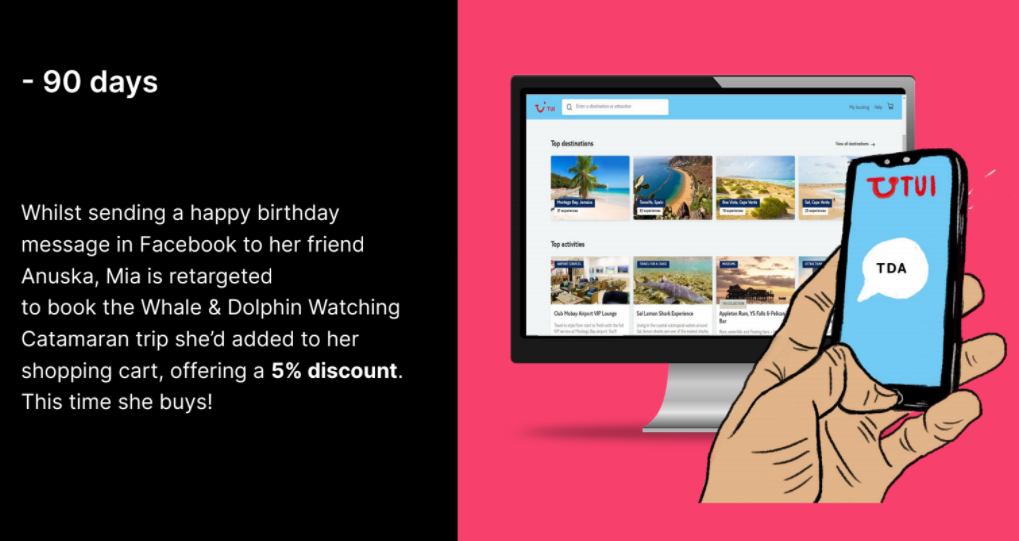
- When there’s a month left before the trip, customers start looking for things to do at their destination. So, encourage them to interact with your website or download your app.
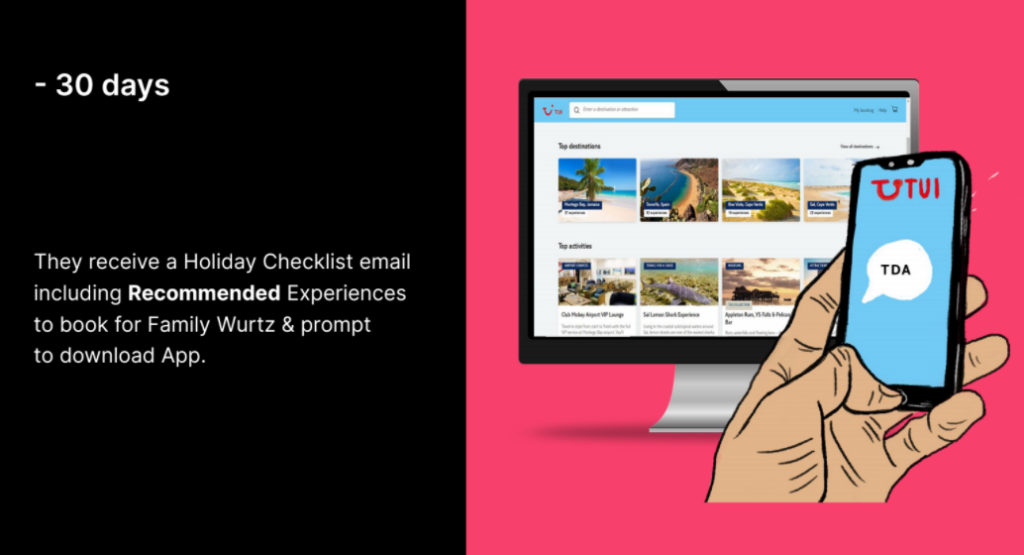
- 15 days before the trip, it’s time to start interacting with your customers. For this, you can use email marketing to urge them to book while the offers are still available. You can also use a discount code to nudge your customers toward purchase decisions.
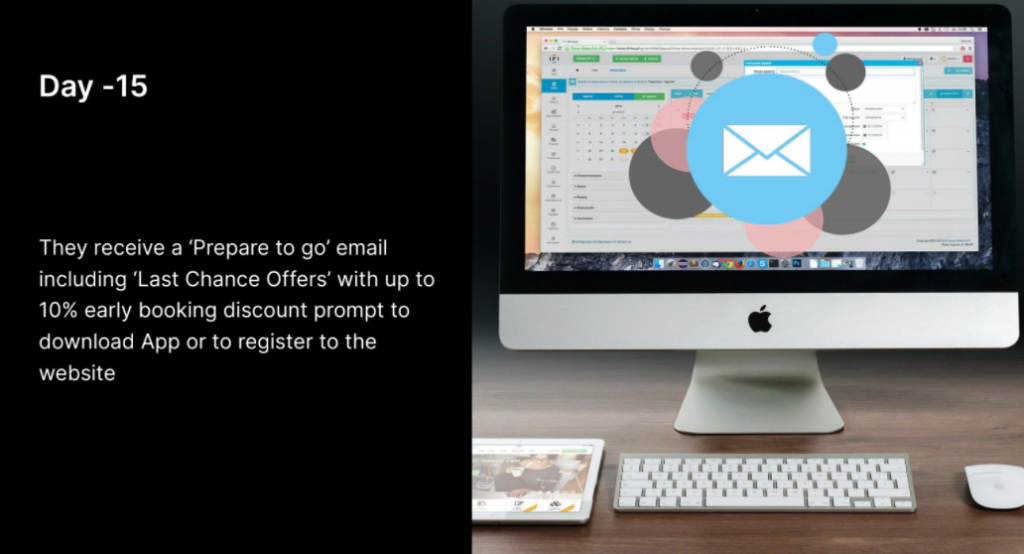
- As it comes close to the travel date, help your customers with more practical things, including booking a transfer, things to do at a destination, and the contact information they’ll need in case there are problems.
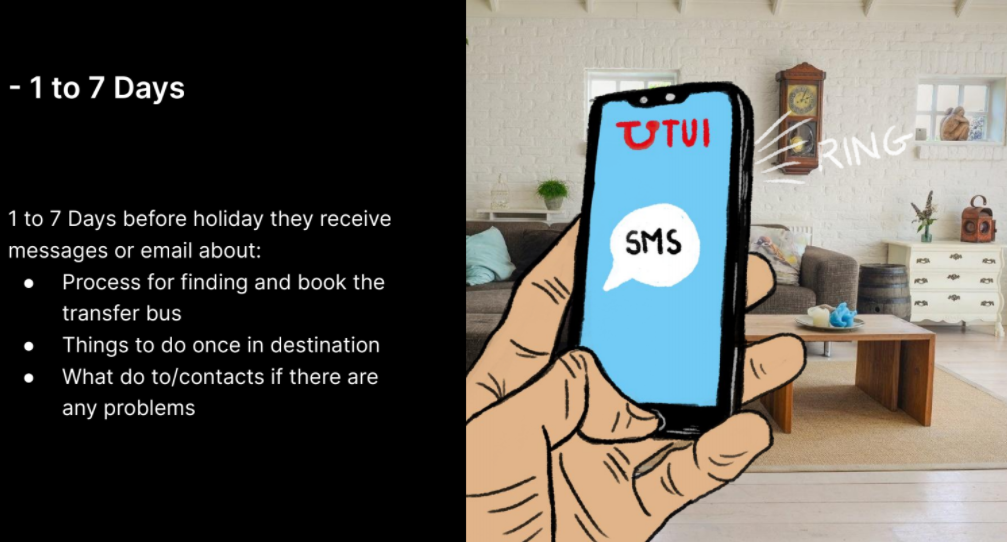
Arriving at the Hotel
When customers are at a destination, they are ready to buy. So, at this stage, make sure you offer them things to do and send contact details if you provide local help.
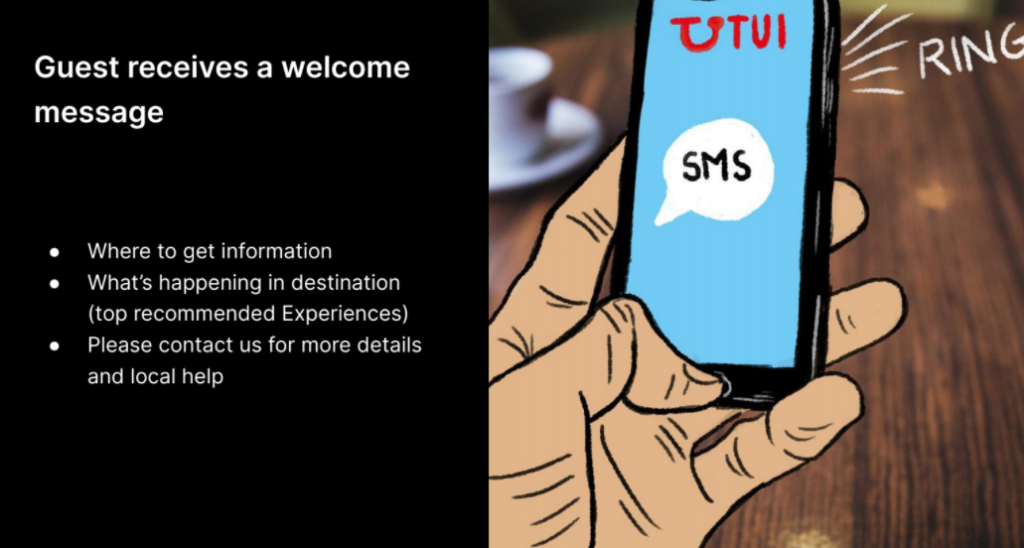
Also, it’s vital to be there for the customer not only before the booking, but after it as well. This allows you to provide a seamless customer experience. For example, if there’s a cancellation policy, make it crystal-clear to your customers. If the tour is cancelled by the supplier, make sure you inform the customers. All these can help you build trust and rapport with your customers and will provide long-term benefits for your business.
Pre-return
The speaker also points out [31:18] that the pre-return stage is essential as it allows you to offer help or suggest some things your customers haven’t done yet. For example, you can send them clear instructions on getting the transfer home or offer some simple, last-minute activities to do.
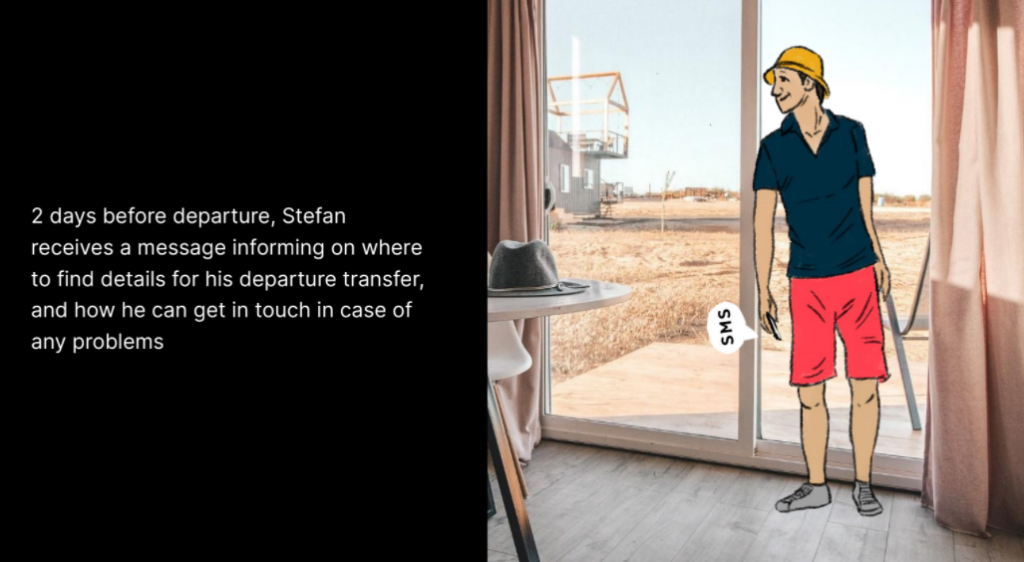
Back Home
Once your customers are back home, they start sharing their travel experiences with friends and relatives, often via social media. So, make sure you provide shareable content that can be understood by different audiences.
You can also send your customers a survey asking for feedback and suggestions or cross-sell, offering them domestic activities and tours.
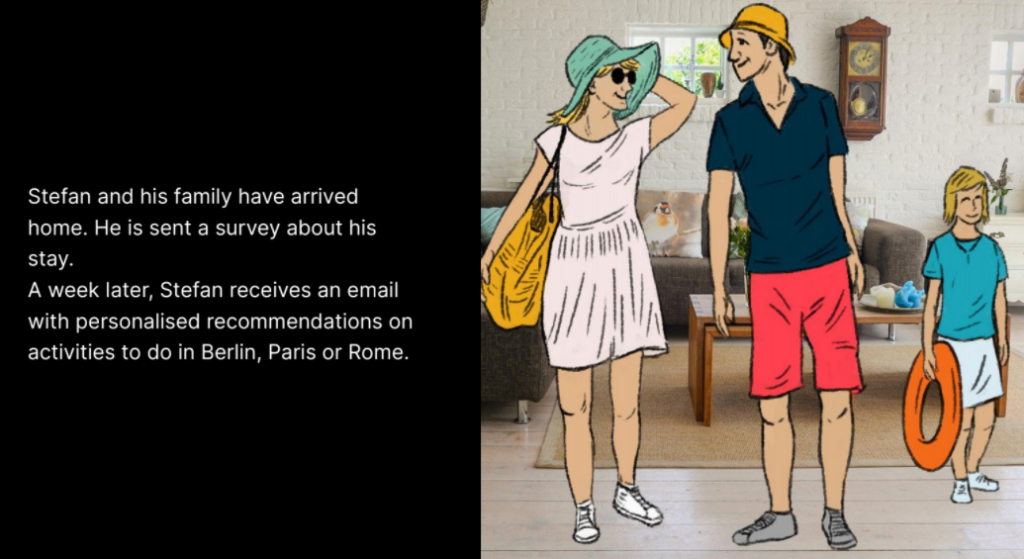
Best Practices When Offering Tours and Activities Online
Here’re some things you should keep in mind to tweak your marketing strategy for success:
- Consider the full customer journey.
- Offer your customers things to do at their destination. Offer experiences that are relevant to them and provide exhaustive information.
- Create product comparison pages to help customers pick the best offers on the market.
- Make sure your booking CTAs are clear and compelling.
- Cross-sell with other travel products. For example, if you’re selling a transfer to a destination, offer your customers a tour or an activity there as well.
- Focus on the top attractions and don’t get too carried away with segmenting your audience and offering niche products.
- Use a booking widget or links to product pages whenever possible.
To sum it all up, it’s vital to get ready for the new heyday of travel and deliver better, more personalized experiences to your customers. For this, focus on the new trends in the Tours and Activities segment, move your customers through the guest journey, and implement the best practices the speakers have shared with you.
Presentation
You can download the presentation from the webinar at this link.

